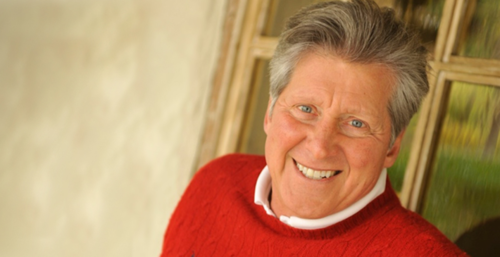 A Survey of Writers on Contemporary Writers
A Survey of Writers on Contemporary Writers
Listening to writers read and discuss their work at Newtonville Books, the bookstore my wife and I own outside Boston, I began to wonder which living, contemporary writers held the most influence over their work. This survey is not meant to be comprehensive, but is the result of my posing the question to as many writers as I could ask.
RON HANSEN

© Ron Hansen
JOSH WEIL: When I was a kid, the books that grabbed me were westerns: an autobiography of a bronc buster, the journals of a Canadian trapper, The Oxbow Incident by Walter Van Tilberg Clark, Larry McMurtry’s epic Lonesome Dove. But it was Ron Hansen’s Desperados that had the greatest impact on me. The story of an old west outlaw gang, that novel has plenty of gunplay and thundering hooves, but it’s also told with a vision so precise and vivid that it sat me up in bed and made me realize what an author working at the highest level of his craft could do.
I think it mostly had to do with the remarkable vividness of Hansen’s imagery. I can still remember one image in particular: green peas being shelled into a metal pan. At the time I came across that image I still thought I’d be a visual artist, but something clicked in me at the realization of how different it was for a writer to paint a picture with words: it could be just clear enough to make it specific to the moment, the vision, and yet could leave enough blank space around it to combine with the reader’s own imagination; the product of that merging could make something as vivid and beautiful (perhaps even more so) than anything a painter or photographer could do. Somehow it was the bright green peas plunking down in the silvery pan that drove the idea home to me. Sentence after sentence Hansen gave me the gift of seeing a fictional world through the specificity of his imagination more vividly than I observed my own. From then on that became important to me. It didn’t want to simply look more carefully at my world (though I did that, too) but I wanted to try to convey the worlds I was writing about as vividly as Hansen did his. It’s still one of the parts of writing that’s most important to me, and I’m still trying.
But there was another aspect of Desperados that affected me almost as strongly, and that was the musicality of the language itself. The rhythms, tone, pauses: Hansen managed my breathing. And being carried along...
You have reached your article limit
Sign up for a digital subscription and continue reading all new issues, plus our entire archives, for just $1.50/month.
Already a subscriber? Sign in




